Lowell National Historical Park was a new kind of National Park for Tom and me to visit. When I think of National Parks, I tend to think of natural places like the Grand Canyon, Death Valley, Glacier, Smoky Mountains. Then there are the National Military Parks such as Chickamauga, Bunker Hill and Gettysburg. Lowell National Historical Park was different from any of these.
Lowell National Historical Park is a monument to the Industrial Revolution. Before the War of 1812, most of the cloth in the United States was imported from Great Britain. With the War of 1812, Great Britain set an embargo on textiles. There was no cloth, other than homespun, that Americans could buy and Great Britain tried to keep it that way by outlawing the export of its mill technology. Francis Cabot Lowell visited England and observed the mills, building replica looms, flywheels, and gearing systems when he returned from his visit. He started a mill in Waltham, Massachusetts – the first to use power looms in America – and it was so successful he and his partners decided to expand and create a “model” mill town. They chose Lowell (formerly named Chelmsford and renamed for Francis Cabot Lowell) because of its abundant water power from the Pawtucket Falls on the Merrimack River.
Francis Cabot Lowell died in 1817 but his partners continued with their plan for a great social experiment in Lowell. First, they dug the canals, hiring Irish immigrants, and then they built the mills. The mills were clean and (relatively) safe and the partners advertised in the farming communities for women, between the ages of 15 and 35, to work the mills. The mill owners built boarding houses where the women could live under the supervision of chaperons and built churches and social halls where the women could go for supervised, wholesome activities. Lowell was the first city in America to offer women good pay and “Mill Girls” enjoyed their independence and the opportunity to earn a living wage – the start of the Industrial Revolution in the United States and the beginning of the shift from farm to city.
The textile industry grew in Lowell until there were ten companies, 40 very large mills, and 10,000 looms operated by 10,000 workers. By 1850, Lowell was the largest industrial center in the United States. But despite the success of the Lowell mills and the determination of the original owners to provide a good wage in a clean environment, competition meant that the “Mill Girls” were working 12 to 14 hours a day six days a week in huge rooms that were hot, noisy, and usually filled with cotton fibers floating in the air. The women went on strike, hoping to be granted a 10 hour work day. But labor was cheaply available and there were new immigrant groups constantly moving into Lowell to work for cheaper wages. So the “Mill Girls” were replaced by the Irish, who were replaced by the French-Canadians, followed by Greeks, Poles, Portuguese, and many other ethnic groups. Thus Lowell celebrates a rich and diverse ethnic heritage even today.
After the Civil War, cheaper labor was available closer to the cotton in the south, so the mills started moving out of Lowell. By the 1930’s, most of Lowell’s mills had closed. The last mill in Lowell closed in 1950 leading to the urban depression and blight found in so many industrial cities. Concerned about what was happening to their city, a group of citizens started to imagine a new kind of historical park, a living museum based on the city’s distinctive industrial, ethnic, and architectural heritage. In 1978 Lowell National Historical Park was created due to the efforts of this group and Congressman Paul Tsongas, a native of Lowell. Today the Lowell National Historical Park is run by a coalition consisting of the National Park Service, the City of Lowell, the University of Massachusetts Lowell, and Lowell Heritage State Park.
We started our visit to Lowell National Historical Park at the Visitor’s Center, housed in one of the former mill buildings and surrounded by museums. It was a good introduction to the city and had an excellent film. We walked along the canals which provided the water power to the mills and saw the gatehouses and locks that regulated the amount of water coming through the canals. We spent some time in the Boott Cotton Mills Museum which has a large room filled with working looms. When the looms are running the noise drowns out everything else and you can feel the whole building shake. We visited one of the Boarding Houses which is now home to the “Mill Girls and Immigrants Exhibit.” We walked through the Jack Kerouac Commemorative which honors the Lowell native. And we took a National Park Service trolley tour of the Wannalancit Mills that demonstrated how the flywheels, turbines, and gears worked together to produce power for the mills. We wanted to see the Textile Museum, the National Streetcar Museum, and the New England Quilt Museum, but it was 5 p.m. and the museums were closing for the day.
Lowell National Historical Park was different from the other National Parks we have visited. But Tom and I learned a lot and really enjoyed our visit there.

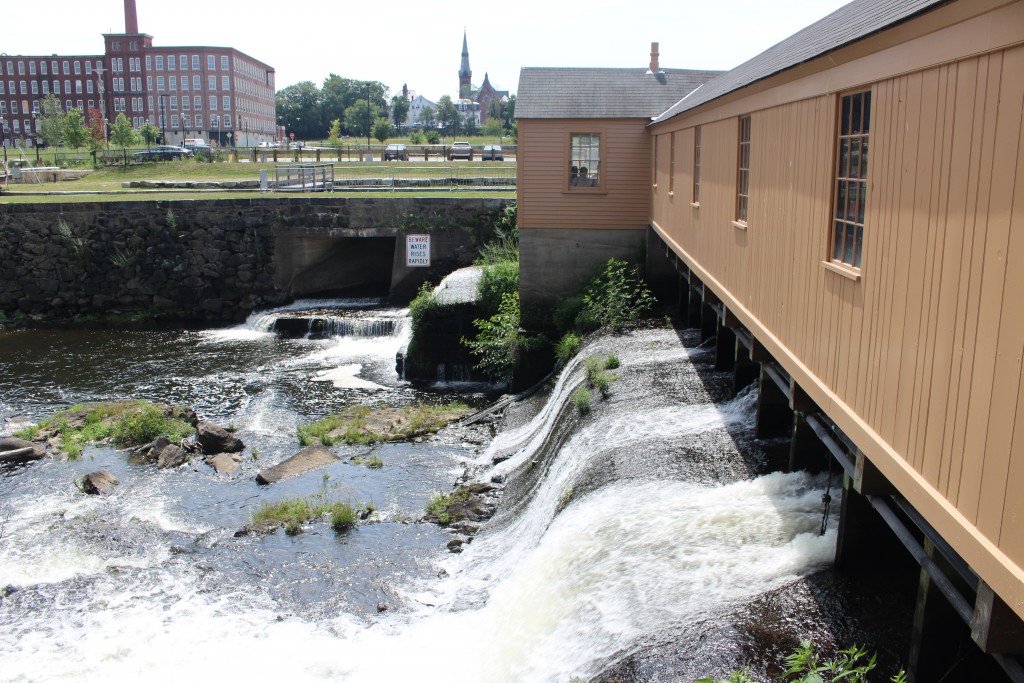
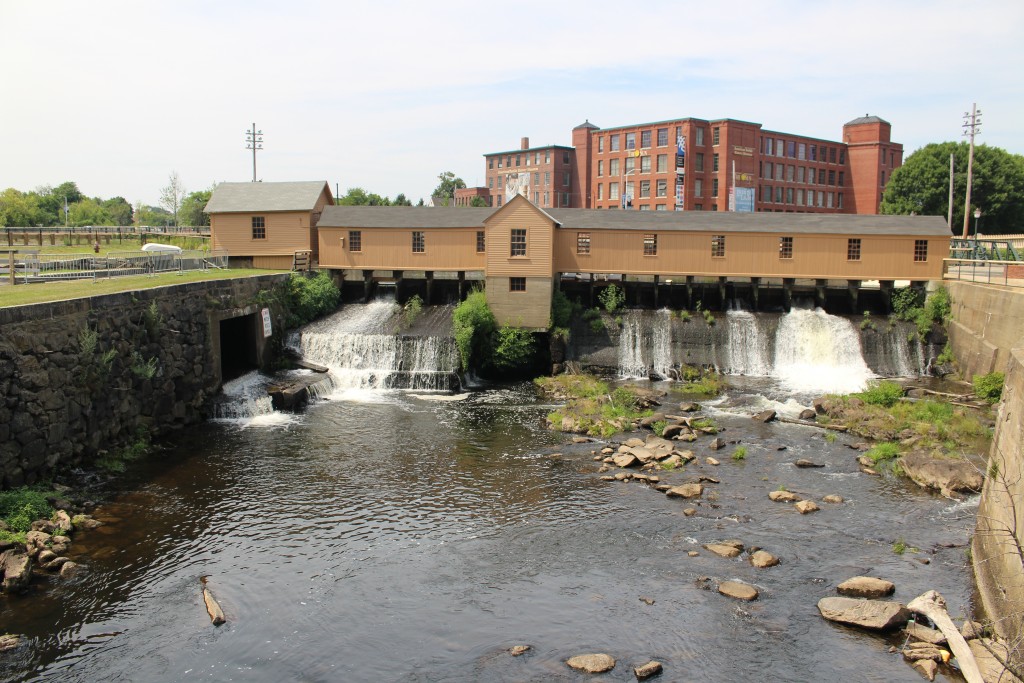
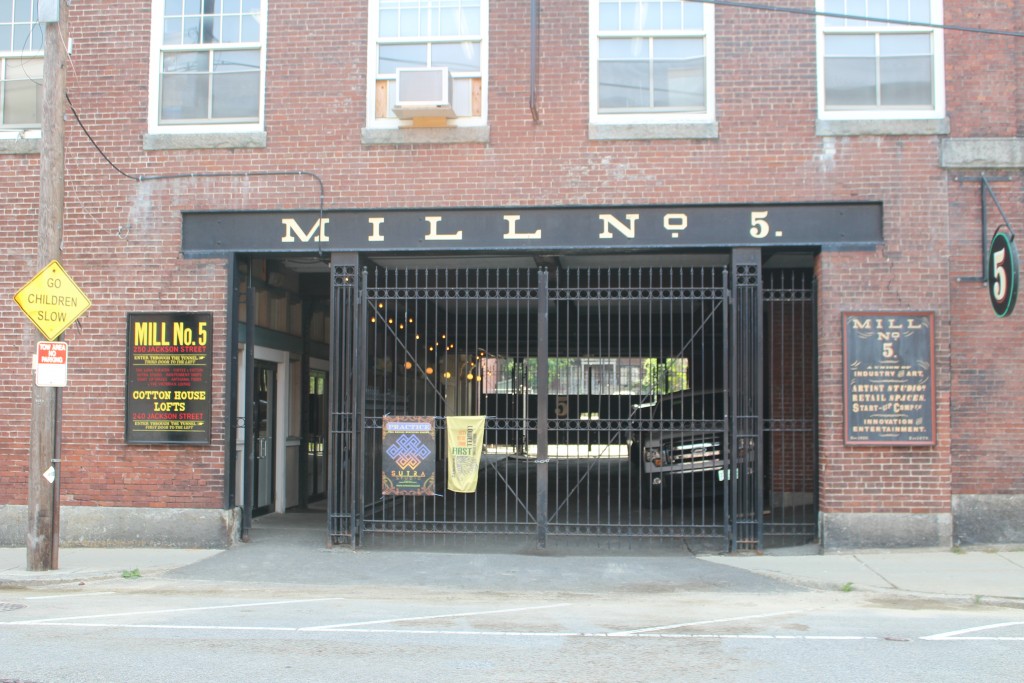
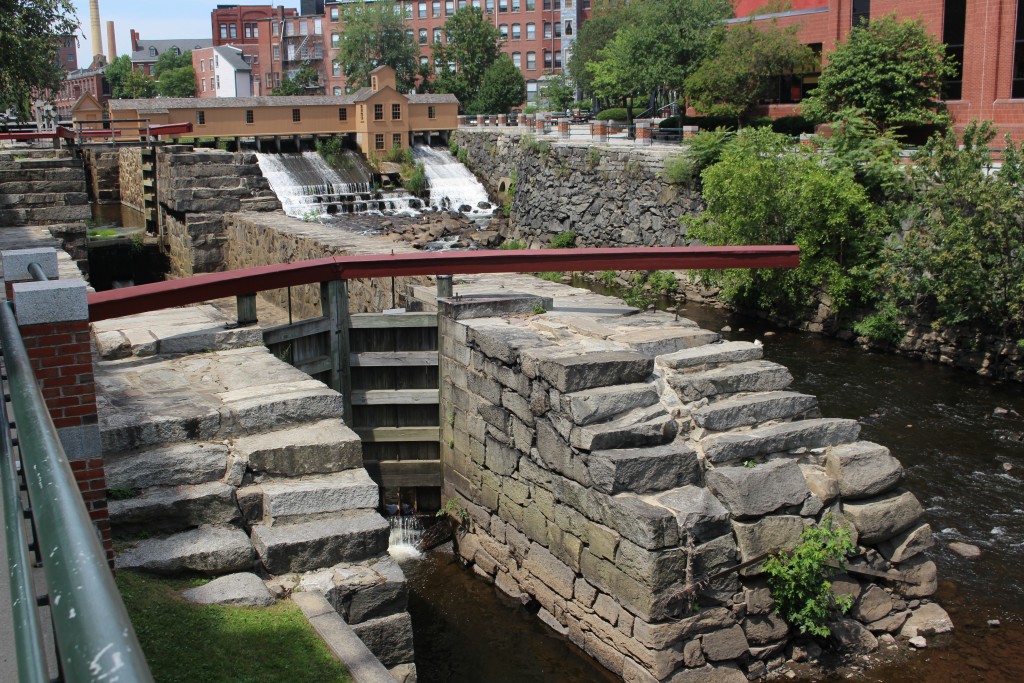
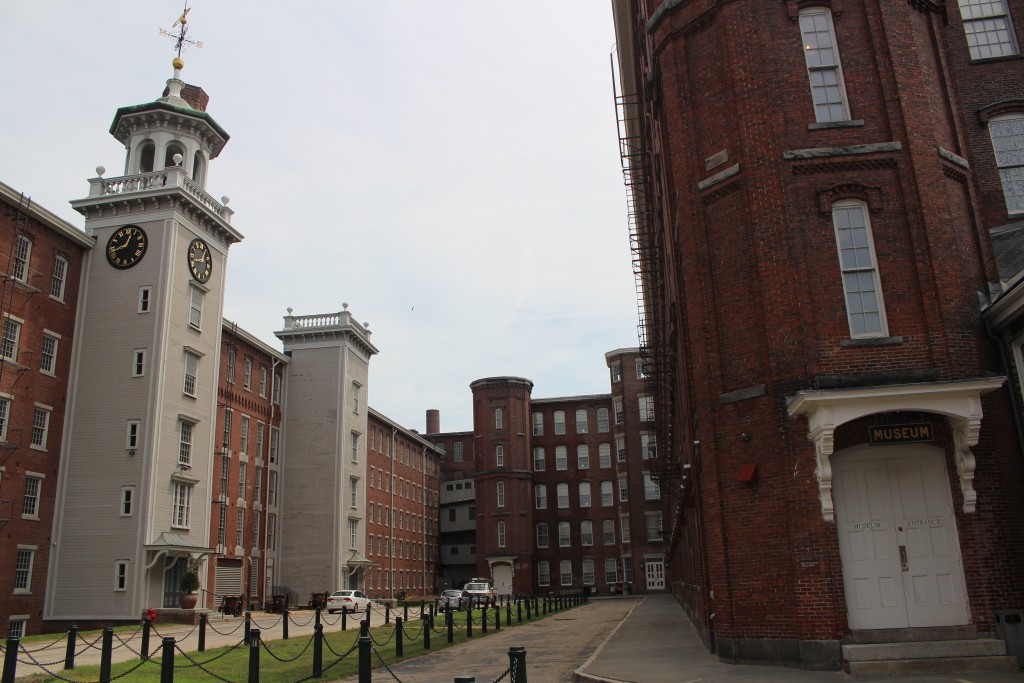
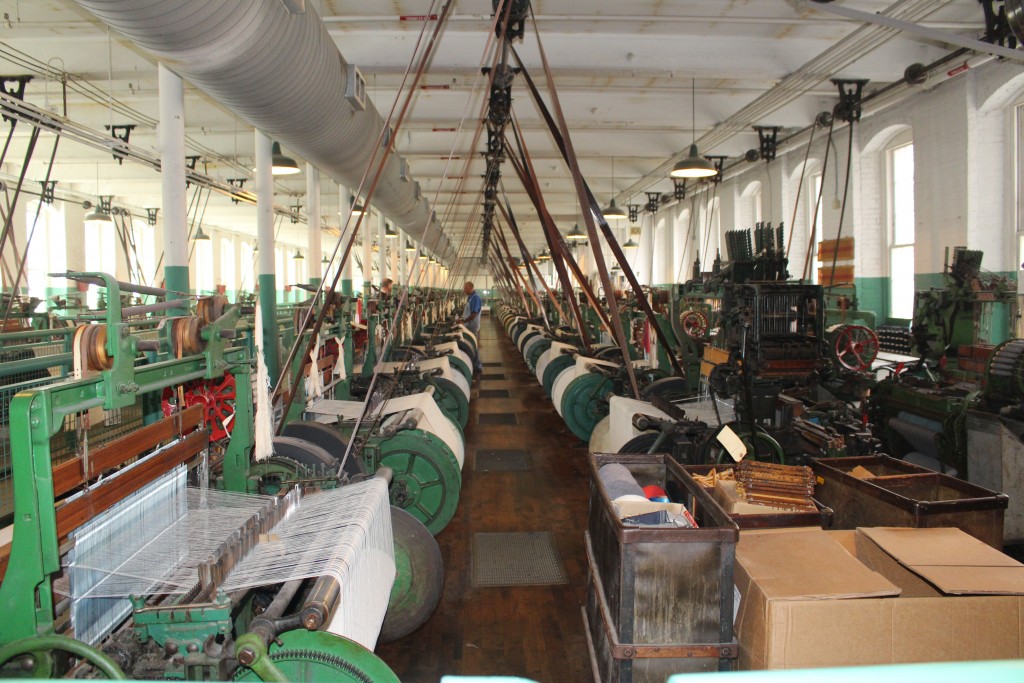
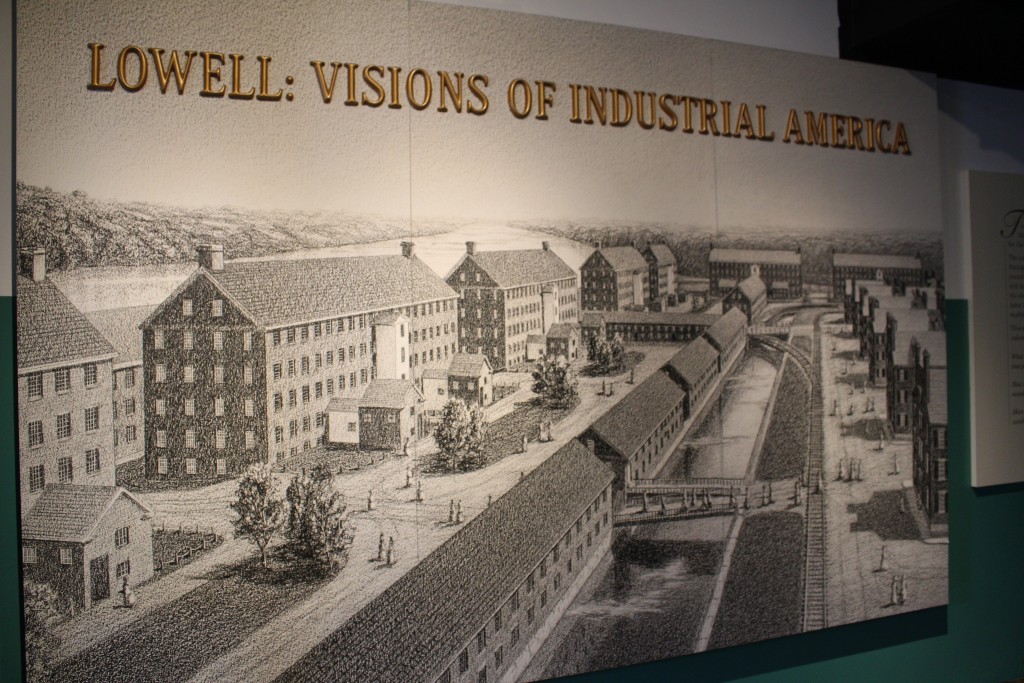
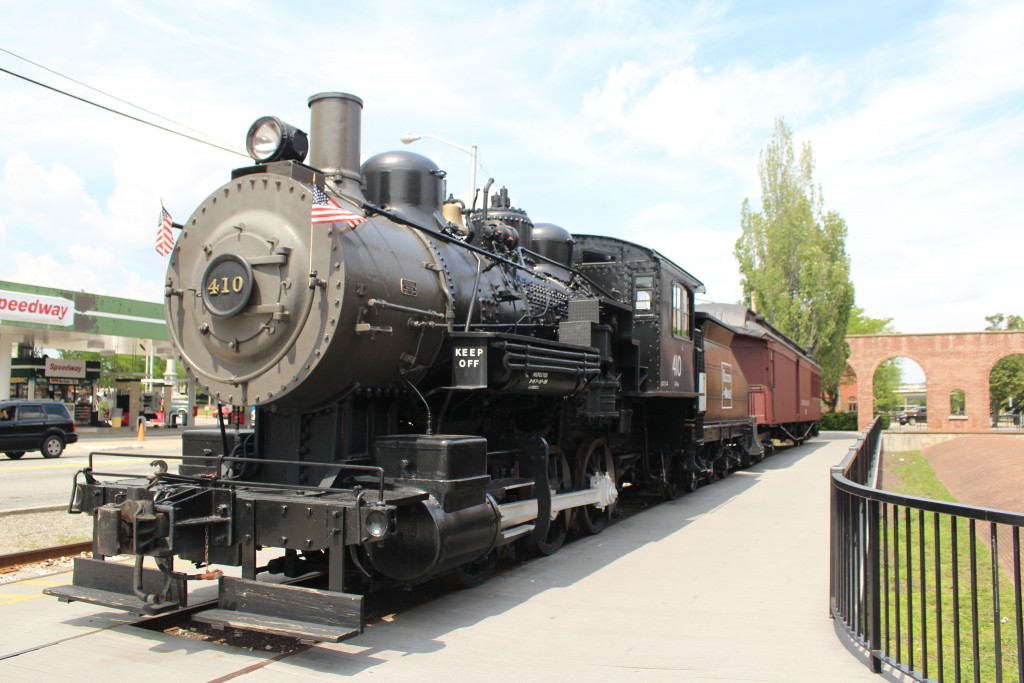
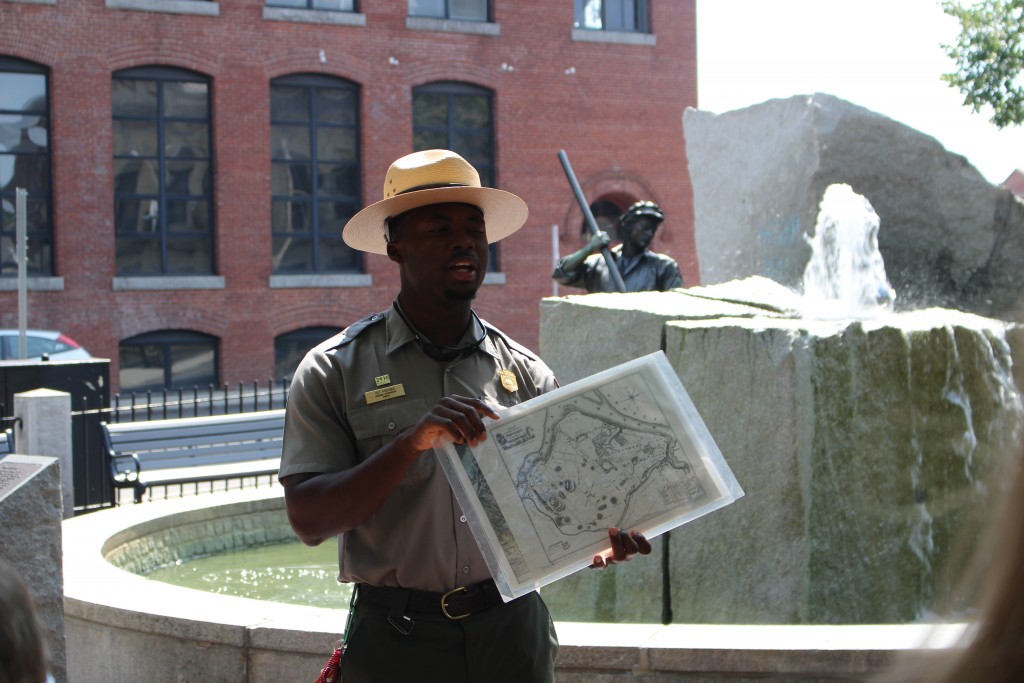
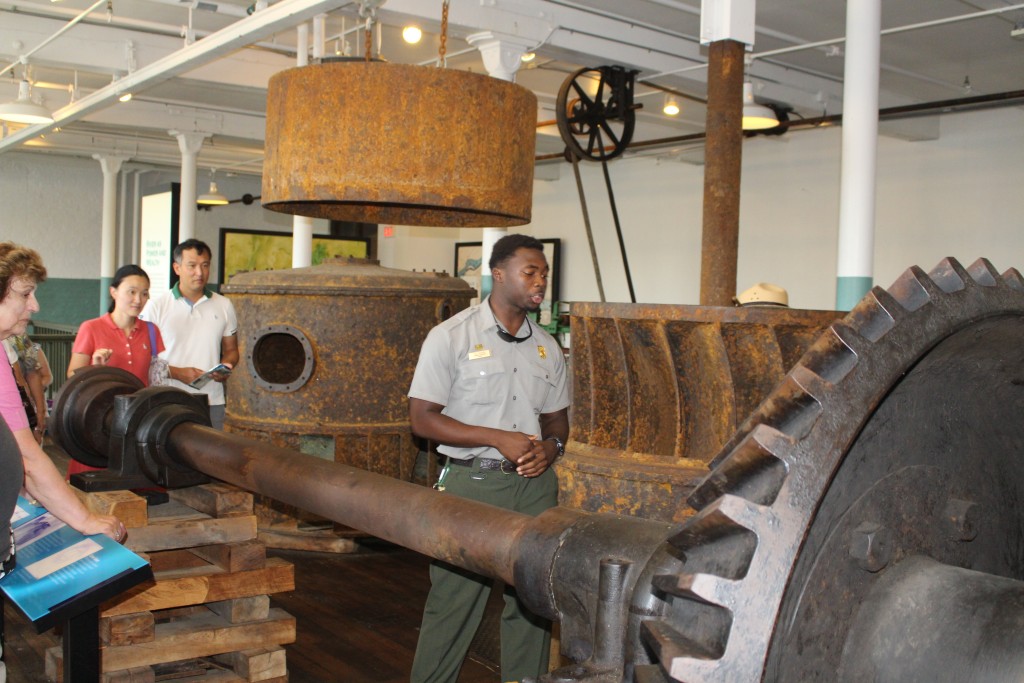

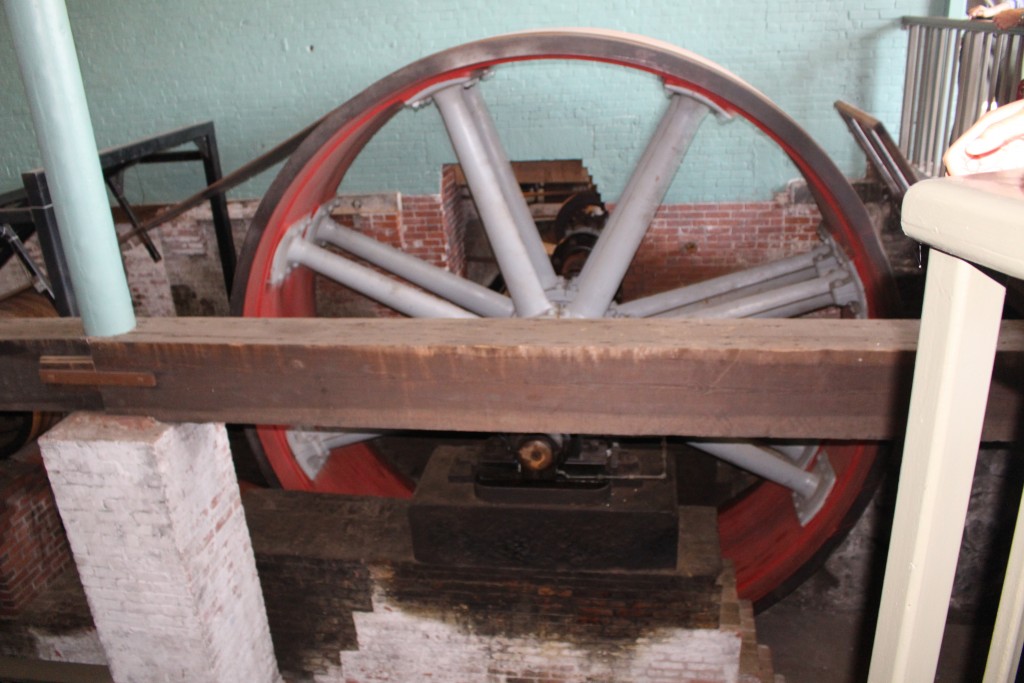
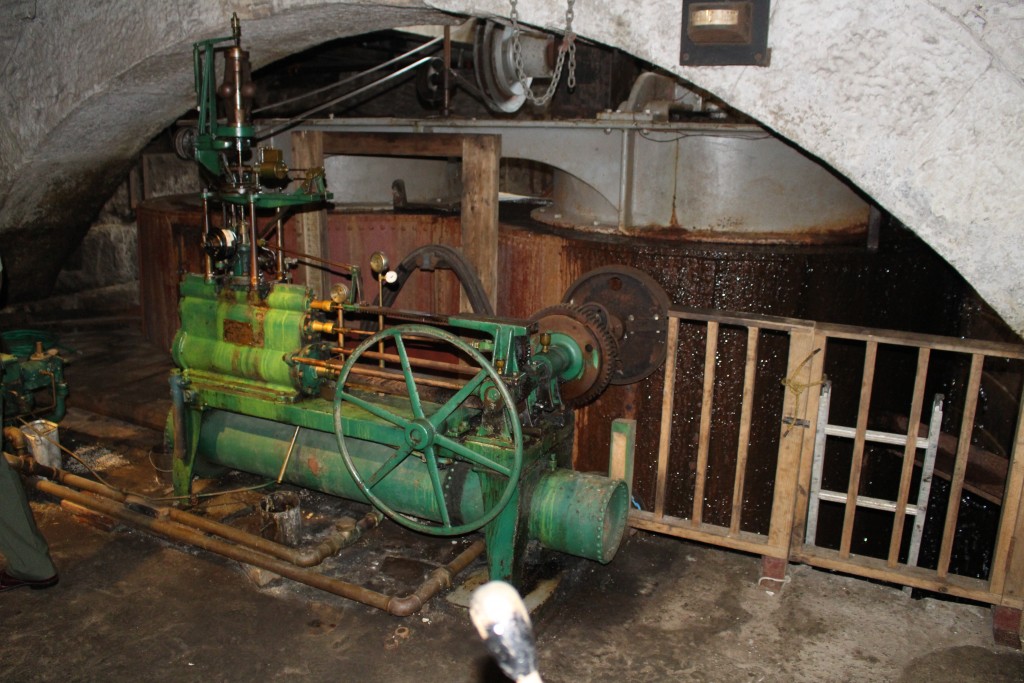
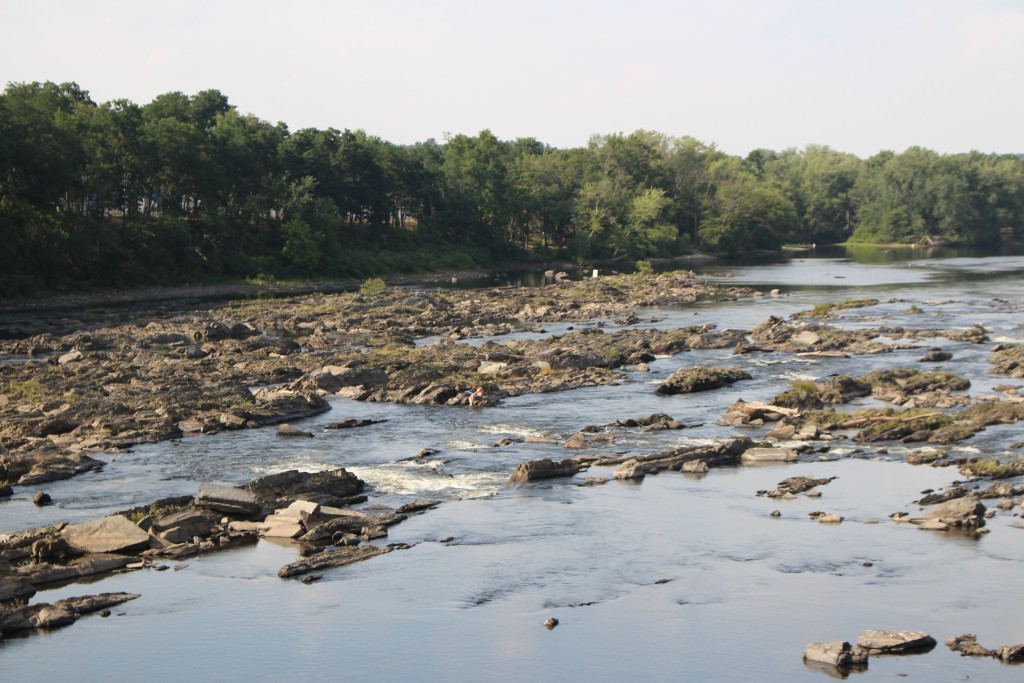
Way to go tech guy! Love the addition of the maps.
My tech guy is pretty great. He is brilliant, handsome and gives good advice. He is also a great son!
Ha… I never knew John was your tech guy:) The map is awesome!
I just figured that’s who it was.